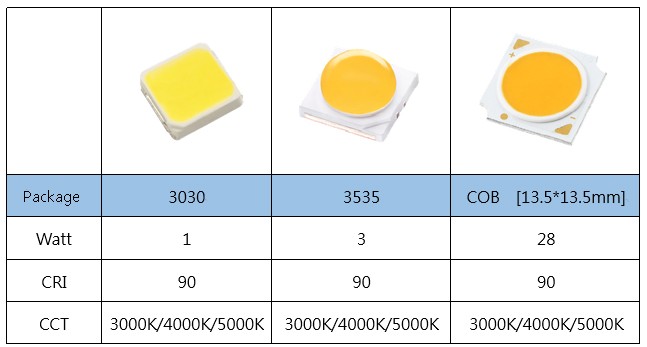In recent times, the topic of blue light harming the eyes have been taken very seriously and new LED development have focused in reducing the effect of blue light on the body. Theoretically, blue light wavelength ranges from 420nm to 480nm, but according to one of the reports done by International Electrotechnical Commission, (IEC) that the shorter wavelength range of blue light from 415nm to 460nm is where it is most likely to damage the eye. The report also mentioned that when people exposed to these short blue light ranges will increase the risk of getting eye disease such as Macular degeneration.
Blue light as an important part of white light spectrum can be split into two halves at 455nm. The shorter wavelength of blue light from 420nm~455nm generate much greater energy and therefore causes the eye to get tired more easily. Furthermore, most white LED light products on the market with high color rendering index (CRI) contain the blue light (shorter wavelength 415nm to 460nm) strength that is 30~50% higher than other color.
According to ProLight’s research, the long wavelength blue light (460-480nm) with lower intensity hence has limited or no effect on the eye. In recent research finding stated long wavelength of 450~480nm can actually help concentration.
ProLight Human Centric LED is designed with long-wavelength blue light and with its own phosphor recipe to provide higher lumen, but lower blue light hazard. ProLight Human Centric LED passed the radiation photobiology safety test by the third party. Also, it contains the spectrum of increase concentration and lowering nearsighted
ProLight Human Centric LED series comes in 3 type package as table below. >>More information
